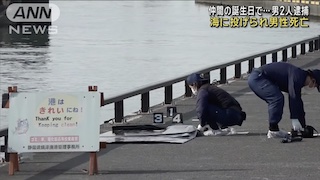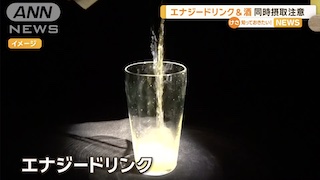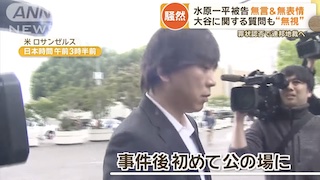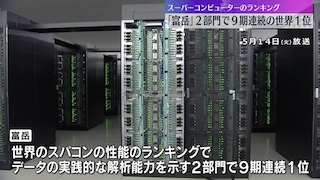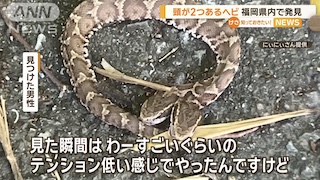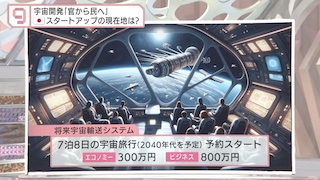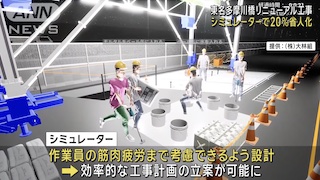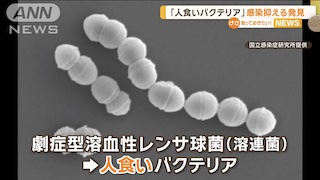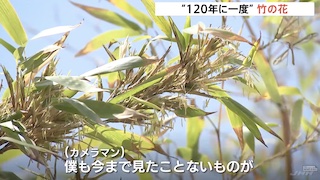KYOTO, Feb 26 (News On Japan) - Isn't it beautiful? In a flask containing a substance with a deep purple hue, Professor Akira Kitagishi from Doshisha University is conducting an experiment that may create a groundbreaking therapeutic drug.
'I get fired up when making things. Whether it's creating something new or making a lot of things, it's simply about the act of creation, which is fascinating,' said a student, expressing admiration for Professor Kitagishi.
Professor Kitagishi may have discovered a substance that could significantly advance emergency medical care. It's called HemoCD. It has the property of strongly adsorbing toxic gases like carbon monoxide and cyanide, so when ingested, it adsorbs the toxic gas components and excretes them all in the urine. This property makes it usable as an antidote for gas poisoning.
In a recent case, six people were transported to this hospital in a state of cardiac arrest, and four of them died, apparently from carbon monoxide poisoning. The most common cause of death in building fires is carbon monoxide poisoning. In the arson murder case at Kitashinchi Building in December 2021, all 26 people who died were due to carbon monoxide poisoning. Professor Kitagishi watched the news of this incident with mixed feelings. 'I felt really frustrated at that time. So, yes, people inhale oxygen through breathing, and blood carries oxygen throughout the body. When you get carbon monoxide poisoning, you can't absorb oxygen into your body, and if the concentration in your blood is high, you can die in a few minutes to tens of minutes. But in today's medical care, there is no treatment. That's why it's a race against time to see how quickly you can respond.'
HemoCD, developed by Professor Kitagishi, is expected to be effective in treating carbon monoxide poisoning. It is named for its function similar to hemoglobin in the blood. The mechanism of HemoCD is as follows: Normally, hemoglobin in the blood carries oxygen throughout the body. However, carbon monoxide binds to hemoglobin more easily than oxygen, preventing oxygen from being transported in the body. HemoCD has a property that readily binds to carbon monoxide and removes it from the body, excreting it as urine.
The efficacy of HemoCD has been demonstrated in experiments. Mice that were poisoned with carbon monoxide were given HemoCD, and although they were initially unable to move and were lethargic, after about 30 minutes, the mice began to move. Furthermore, about two hours later, all the HemoCD administered to the mice was excreted in their urine, showing that no chemicals remained in their bodies. This indicates that HemoCD could save many lives at the scene of a fire.
HemoCD actually originated from a failed experiment that Professor Kitagishi had been working on. Professor Kitagishi, who was conducting research to create artificial blood, found that when administered to mice, it was immediately excreted in urine, which was a negative result. 'When you want to use it as artificial blood and it all comes out in urine, it's just negative information, and it was very disappointing.' However, his years of experience and keen observation did not let him overlook a slight change. 'When I was staring blankly, I noticed that it was a bit red. It was something I always knew, but it looked red. So, I thought I'd look into it a bit, and when I did, I found that it was binding with carbon monoxide.'"
Source: MBS NEWS


 by
by 
